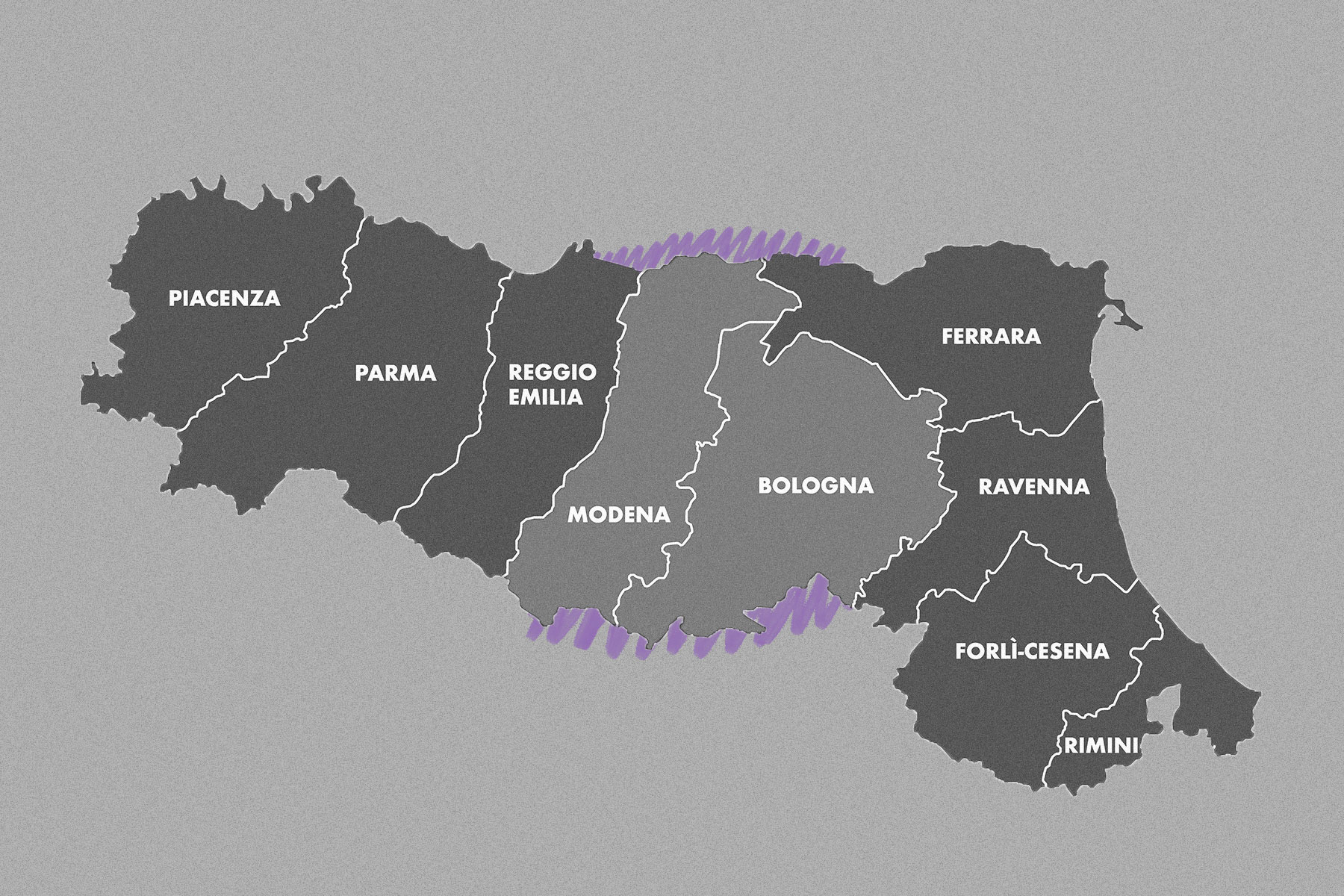 |
The Italian cities of Modena and Bologna fought a "War of the Bucket." |
World History |
 |
| |
| According to popular legend, the war began when the wooden bucket kept in the Bologna town well was allegedly stolen by Modenese soldiers who snuck into town, leading the Bolognese to retaliate in an all-out war. More likely, it started after an invasion of Bologna by the Modenese, and the bucket was a trophy gathered at the end of the war by the victorious Modenese, who were elated at their triumph despite being woefully outnumbered. The role of the bucket was exaggerated as the story was passed down through generations, and the myth was cemented by the poet Alessandro Tassoni's 1622 satirical poem "La secchia rapita," in which he joked that the Bolognese offered hostages, towns, and more in exchange for their stolen bucket. One aspect of Tassoni's poem still rings true, however: He wrote, "the Bucket was soon to be locked away, in the tallest tower it remains to this day, up on high the trophy hangs bound, by a great chain nailed far off the ground." | |
 | |
 | |||||||||
By the Numbers | |||||||||
| |||||||||
| |||||||||
 | |||||||||
| |||||||||
France and Brazil were engaged in a "Lobster War" in the 1960s. | |||||||||
| In 1956, Brazil and France signed an agreement limiting France's involvement in the South American country — including the fishing industry. But tensions broke out in 1961, when Brazilian locals spotted a fleet of French fishing vessels searching for lobsters nearing the coast, much closer than the 12-mile limit. Brazil launched naval vessels to deter the ships, but the French refused to cooperate, claiming that lobsters "swim," and therefore Brazil had no territorial claim to the crustaceans because anyone could catch them in the ocean. Brazil disagreed, arguing that lobsters "crawl" along the continental shelf of South America, so they must belong to Brazil. On February 21, 1961, a French destroyer was deployed to safeguard the fishing vessels, but the Brazilian navy intercepted it. Both sides refused to back down, and Brazil doubled down on its fishing regulations. "The attitude of France is inadmissible, and our government will not retreat. The lobster will not be caught," the Brazilian minister of foreign affairs declared at the time. The skirmish finally ended — without any shots fired — on December 10, 1964, with an agreement that expanded Brazil's territorial waters to 200 miles, and allowed French fishing vessels to catch lobsters there for a five-year period. The heated debate over whether lobsters swim or crawl was never settled — according to unbiased sources, they do both. | |||||||||
 | |||
Recommended Reading | |||
 | |||
| | |||
 | |||
| | |||
| + Load more | |||
| |||
| |||||||||
| Copyright © 2023 History Facts. All rights reserved. | |||||||||
| 700 N Colorado Blvd, #513, Denver, CO 80206 | |||||||||
|






No comments:
Post a Comment